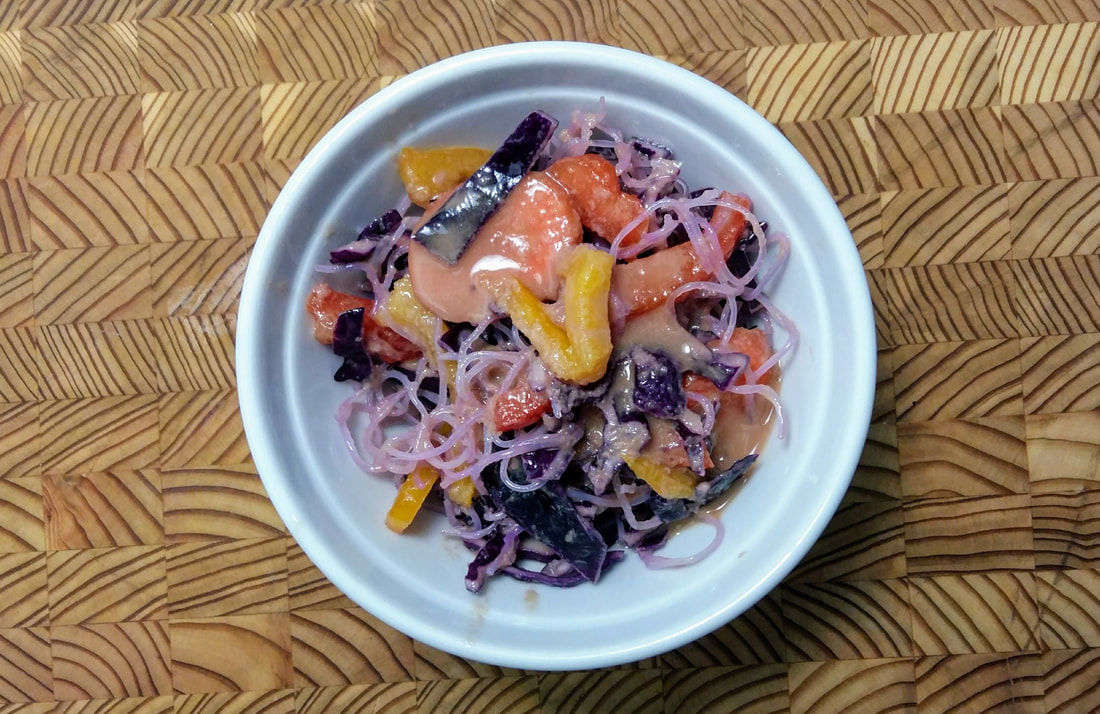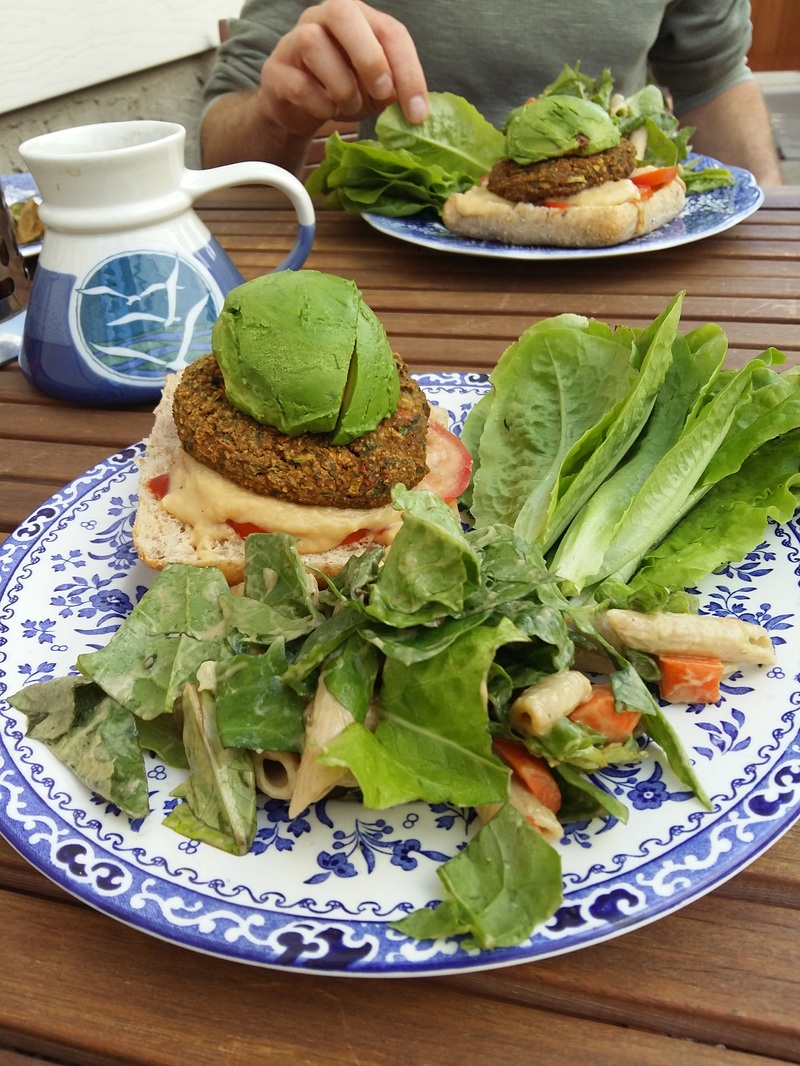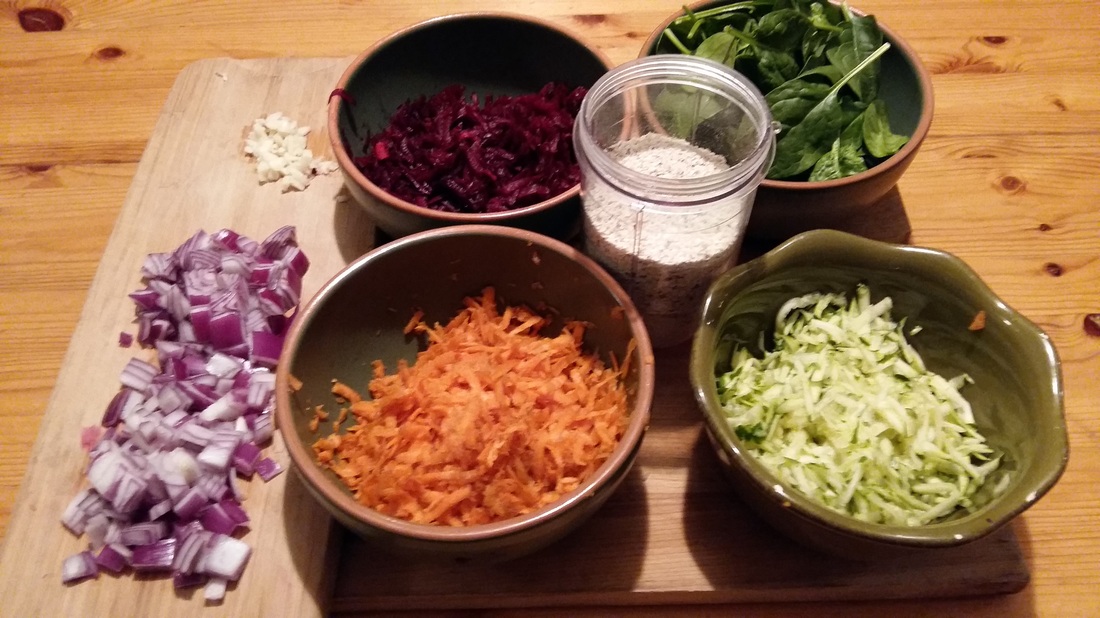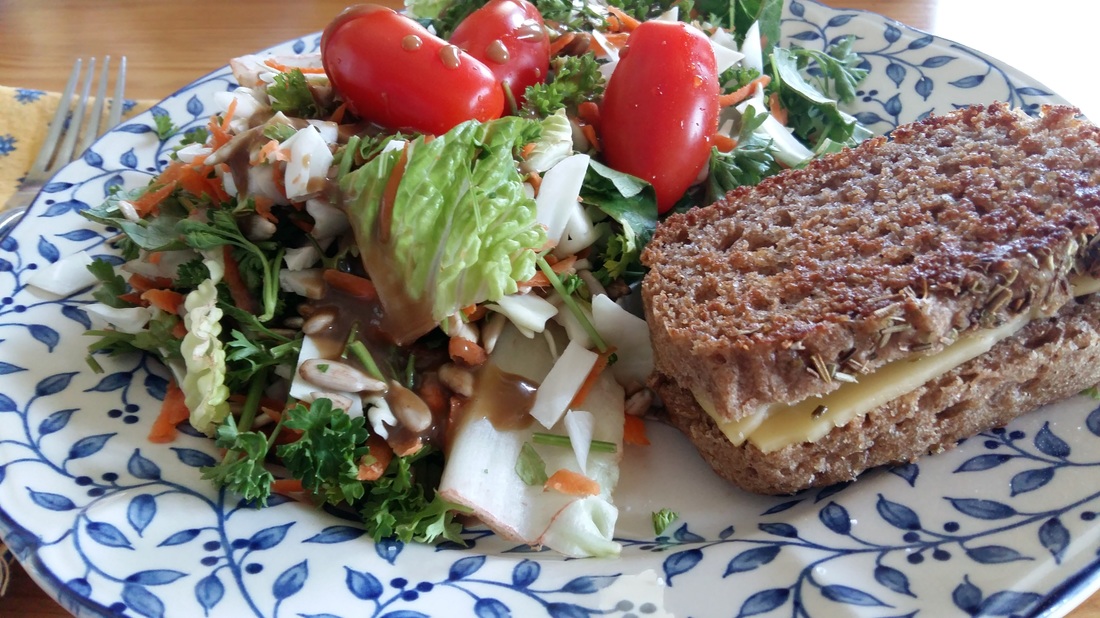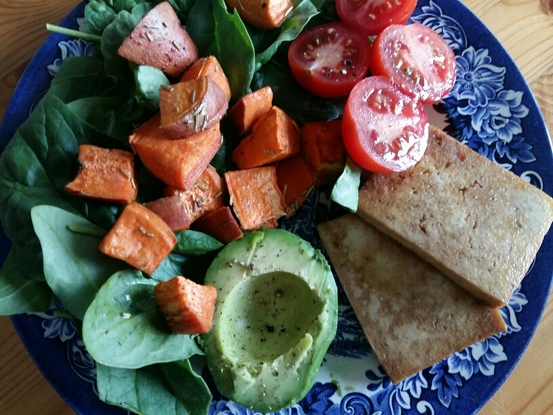Many purple foods contain anthocyanins, the pigment in most purple coloured foods.
All brightly coloured fruit and vegetables contain antioxidants; the compounds that play a key role in protecting our bodies from oxidative stress and free radicals but many naturally purple-coloured foods contain a certain antioxidant called anthocyanin.
These are beneficial plant pigments which give fruit and veg their deep red, purple or blue hues. Research has linked anthocyanins to a wide variety of health benefits including increased longevity, cardiovascular health, cancer prevention and dementia.
A larger group of 93,600 healthy women from the Nurses’ Health Study II was followed for 18 years; a high intake of anthocyanins was associated with a significant reduction in the risk of myocardial infarction. Specifically, those consuming more than three servings per week had a 34% lower risk compared with those who did not consume those amounts.
There are so many tasty foods that include these precious pigments, try blueberries, blackberries, raspberries, even strawberries, purple sweet potato, and one of my favs, purple cabbage. Mix it up and enjoy the benefits💜💜💜
